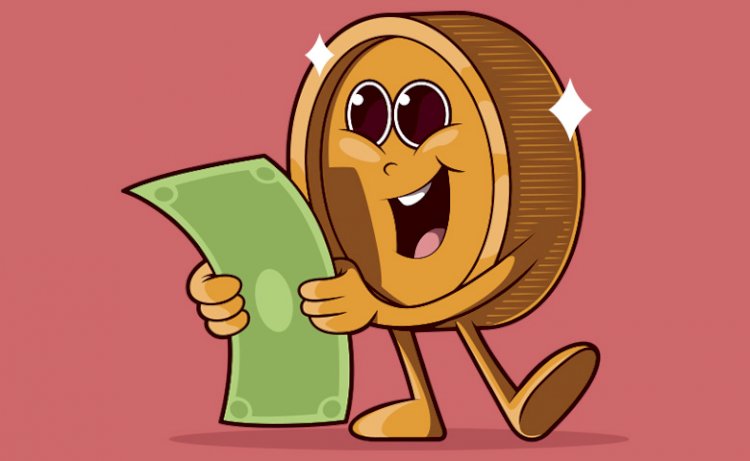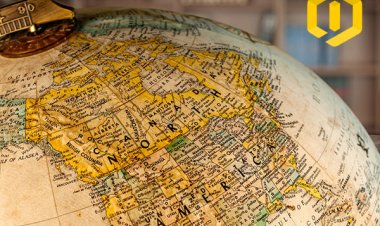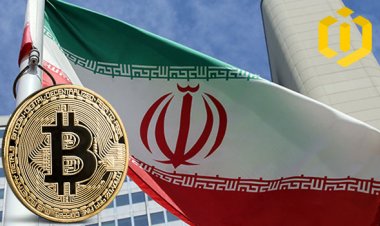How Money Has Evolved Throughout Time?

A fascinating topic that has held people's attention throughout history is the development of money and value. The way we exchange and assign value has changed significantly over time, from bartering to digital currencies. The past and potential future of value and money will be examined in this article.
Money's historical roots.
Bartering and the exchange of natural resources like seashells, salt, or livestock were the foundations of the earliest forms of exchange. However, it was frequently difficult and impractical to transport these resources. In order to address these issues, people created money, a standard form of exchange that stands for a predetermined value.
The development of money.
Money has evolved over time into many different forms, including paper currency, metal coins, and digital currencies. The technological and cultural developments that humanity underwent were reflected in each type of currency. For instance, coins made of precious metals were used in antiquity to promote trade between various regions.
To facilitate trade and increase efficiency, paper money was created in more recent times. Coins are more difficult to carry than paper money, which is also more commonly accepted. Since they first appeared a few decades ago, digital currencies have grown in acceptance in the increasingly interconnected world of today.
The financial landscape of the future.
There are many possible directions that money could go in the future. The move toward digital currencies like cryptocurrencies is one potential direction. Digital currencies operate independently from a central organization or middleman, in contrast to traditional currencies. For those who are underbanked or unbanked, they provide quicker and more affordable transactions, increased security, and greater financial inclusion.
A shift toward alternative value systems like the sharing economy, circular economy, or gift economy is another possible direction for the future of money. In place of conventional economic growth and profit, these systems give precedence to sustainability, community, and social capital. They seek to add value by making the best use of available resources, encouraging teamwork, and advancing social and environmental justice.
Value in the Future.
Whatever the future may hold for money and value, it is obvious that these concepts will keep developing and adapting to satisfy human needs and aspirations. We can better navigate the opportunities and challenges of the future by understanding the history and potential of money.
In conclusion, the development of value and money has been a protracted and challenging process that has shaped our world in a variety of ways. From the bartering system to digital currencies, we have come a long way, and it is exciting to think about where we might go next. As we proceed, it is crucial to keep value creation in mind and to concentrate on creating systems that support sustainability, inclusivity, and social responsibility.
An Analysis by Pooyan Ghamari, Swiss Economist with Expertise in Global Economy
References:
Graeber, D. (2011). Debt: The first 5000 years. Brooklyn, NY: Melville House. Desan, C. (2014). Making money: Coin, currency, and the coming of capitalism. Oxford: Oxford University Press. Ghamari, P. (2022). The Future of Money: Trends and Implications. Journal of Futures Studies, 26(3), 51-66.

 content-team
content-team 

















